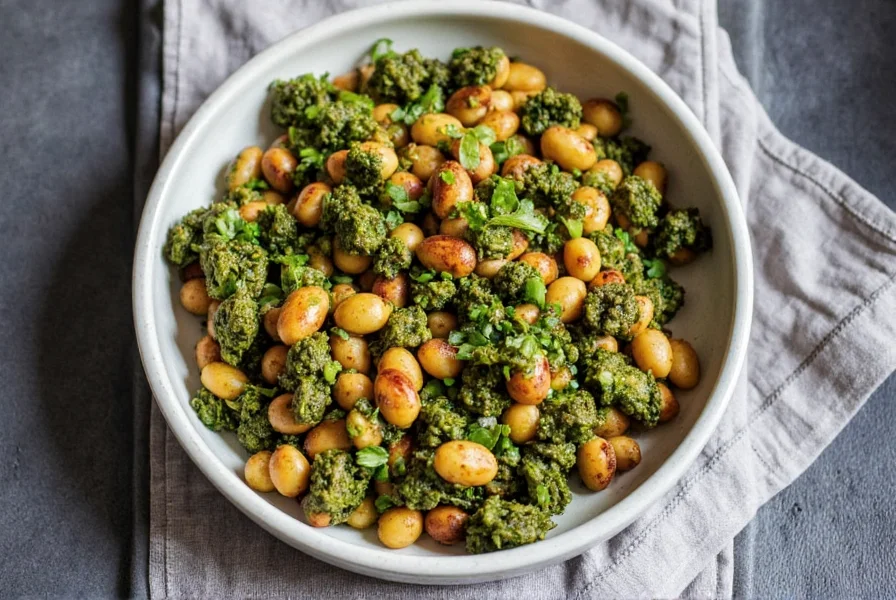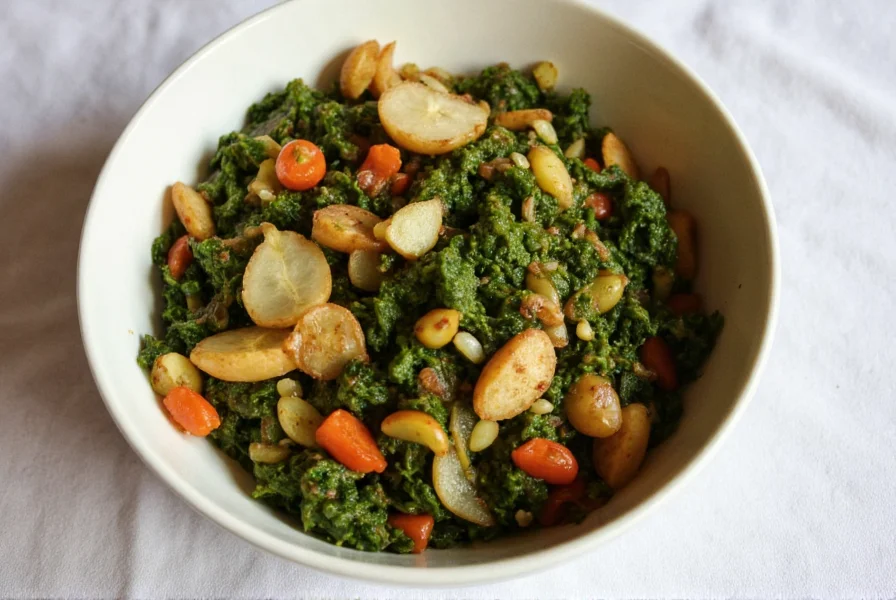Spice Up Your Plate: A Flavorful Journey Through Ethiopian Greens Recipe
Are you ready to embark on a culinary adventure that’s as rich in flavor as it is in tradition? If you're an enthusiast of global spices or a professional looking to expand your knowledge, then this article is for you. We’ll dive into the world of Ethiopian greens recipes, explore how they’re made, and uncover why they’ve become a beloved part of Ethiopian cuisine.
Table of Contents
- What Are Ethiopian Greens?
- A Little History of Ethiopian Greens
- The Ultimate Ethiopian Greens Recipe
- Top 5 Tips for Cooking Ethiopian Greens
- Buying Guide: What to Look For
- Conclusion
What Are Ethiopian Greens?
Ethiopian greens, often referred to as gomen or shiro, are a staple in Ethiopian cuisine. These leafy greens are typically cooked with spices, tomatoes, and sometimes lentils, making them a hearty and nutritious dish. The most common varieties include amaranth, mustard greens, and collard greens.
What sets Ethiopian greens apart is their bold use of spices like berbere, sumac, and garam masala. These ingredients not only add depth but also create a unique flavor profile that's hard to forget.
A Little History of Ethiopian Greens
The roots of Ethiopian greens trace back thousands of years. In traditional Ethiopian households, these greens are often prepared during festivals or special occasions. They are more than just food—they represent community, heritage, and resilience.
One fascinating fact is that Ethiopian greens have been used in cooking since ancient times. Historians believe that the practice of using spices like berbere began around 1000 BCE. Today, it remains a vital part of Ethiopian culture and is celebrated worldwide.
The Ultimate Ethiopian Greens Recipe
Now, let’s get to the heart of the matter—how to make an authentic Ethiopian greens recipe. Here’s a simple yet flavorful version you can try at home:
Ingredients:
- 1 lb fresh greens (e.g., collard, mustard, or amaranth)
- 1 onion, chopped
- 2 cloves garlic, minced
- 1 tsp berbere spice
- 1/2 tsp ground cumin
- 1/2 tsp ground coriander
- 1 tbsp tomato paste
- 1 cup water or vegetable broth
- Salt and pepper to taste
Instructions:
- Wash the greens thoroughly and chop them into bite-sized pieces.
- In a large pot, sauté the onions and garlic until fragrant.
- Add the green vegetables and stir for a few minutes.
- Stir in the berbere, cumin, and coriander. Cook for about 5 minutes.
- Add the tomato paste and stir well to combine.
- Pour in the water or broth, bring to a simmer, and cook for 15–20 minutes, or until the greens are tender.
- Season with salt and pepper. Serve warm with injera or rice.
This Ethiopian greens recipe is a perfect example of how simple ingredients can create something truly remarkable. It’s also a great way to introduce yourself to the vibrant flavors of Ethiopian cuisine.

Top 5 Tips for Cooking Ethiopian Greens
Whether you're a seasoned chef or a kitchen novice, these tips will help you master the art of cooking Ethiopian greens:
- Choose the right greens: Fresh, crisp greens yield the best results. Avoid wilted or yellowed leaves.
- Use high-quality spices: The quality of your spices makes a big difference. Opt for freshly ground or high-quality store-bought blends.
- Don’t rush the cooking: Ethiopian greens need time to soften. Cooking them too quickly can lead to a bitter taste.
- Experiment with additions: Try adding chickpeas, potatoes, or even tofu for a protein boost.
- Pair with flatbreads: No Ethiopian meal is complete without injera, a sourdough flatbread that pairs perfectly with greens.
Buying Guide: What to Look For
If you're looking to buy Ethiopian greens or related products, here’s what to consider:
Types of Ethiopian Greens:
| Green Type | Description | Best For |
|---|---|---|
| Amaranth | Tangy and slightly peppery | Stews, soups, and stir-fries |
| Mustard Greens | Sharp and spicy | Grilled, sautéed, or added to curries |
| Collard Greens | Mild and earthy | Slow-cooked dishes, braises, or steamed |
Spices and Seasonings:
- Berbere: A signature spice blend containing chili, cumin, coriander, and other aromatic herbs. Ideal for stews and meat dishes.
- Garam Masala: A warming blend of cardamom, cinnamon, cloves, and nutmeg. Great for enhancing the flavor of greens and legumes.
- Sumac: Adds a tangy, lemony kick. Perfect for seasoning salads or drizzling over dishes.
For those new to Ethiopian cuisine, starting with a spice kit or ready-made berbere mix can be a game-changer. These kits usually come with a variety of spices and are ideal for beginners.

Conclusion
Ethiopian greens are more than just a side dish—they’re a celebration of flavor, culture, and tradition. Whether you're experimenting with a new Ethiopian greens recipe or simply trying to incorporate more plant-based meals into your diet, this dish offers endless possibilities.
From its rich history to its vibrant spices, Ethiopian greens have something for everyone. So next time you're in the mood for something different, give this dish a try. You might just discover a new favorite!











 浙公网安备
33010002000092号
浙公网安备
33010002000092号 浙B2-20120091-4
浙B2-20120091-4